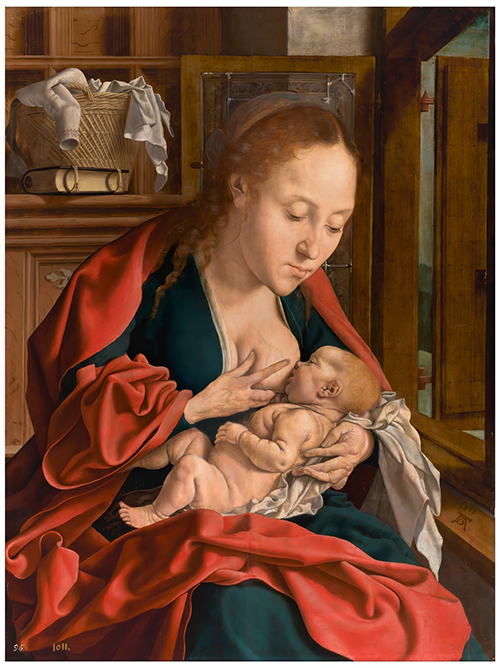
What on earth might the image of a young boy jumping into some water have to do with this Sunday’s Gospel?
A personal story might help.
The year is 1984 and it is the month of August.
I was returning to New Zealand from the USA.
Fortunately, the airline ticket I had was known as a “round the world” ticket.
Aside from the one requirement – you must travel in one direction – and return to your point of origin, the options for where you can stopover, and how many continents you visit is completely up to you. You can have as many as 16 stops.
In August 1984 I was visiting what is known as The Hoy Land.
After a day of hot and dusty walking around various sites around the shores of the Sea of Galilee my travelling companion and I had paused for a cold drink sitting right on the shoreline of the lake.
From out of nowhere came this young voice calling out, over and over, “Abba, Abba, Abba!”
Did I hear right, “Abba, Abba, Abba!”
Looking out at the lake there was a young boy standing on a wooden dock moored on the lake and waving energetically towards where we were sitting.
From alongside us a gentlemen rose from his prone position. Looking out to where the eager voice came from. He stood and waved.
With that the young boy dived into the water. Plop!
Every time I now read and/or prayer the prayer known as The Lord’s Prayer like we did this Sunday morning my praying is followed by the word ‘plop’.
We read from Luke’s Gospel today, (Lk.11: 1-13) a much shorter version of the prayer we usually recite from St. Matthew’s Gospel.
In place of Matthew’s ‘Our Father in heaven,’ Luke says simply, ‘Father’.
And the Aramaic word for Father is “Abba”.
Before the prayer we call the ‘Our Father’ is a prayer of ritual, a prayer of
liturgy, a prayer of common worship, it is a prayer of intimacy, a prayer of
affection and a prayer of trust.
It is the prayer of a child waving to the shore seeking attention.
Ps. Don’t forget to plop! at the end of your prayer.



